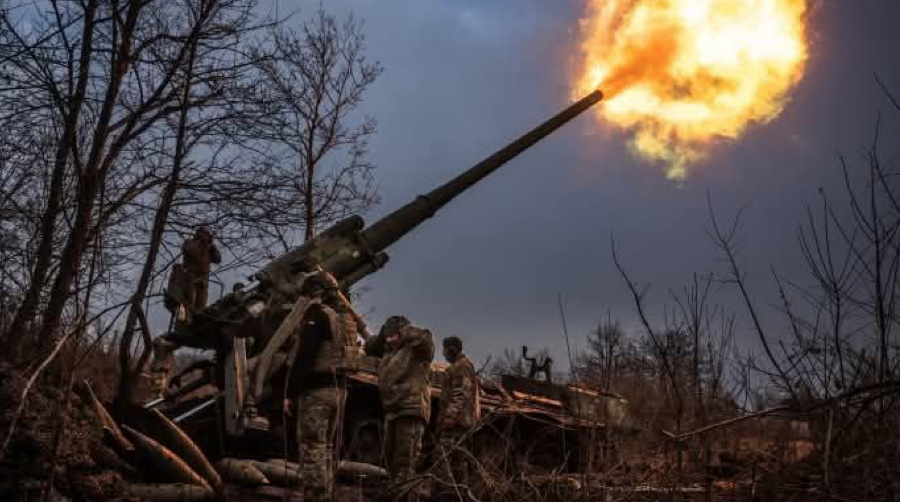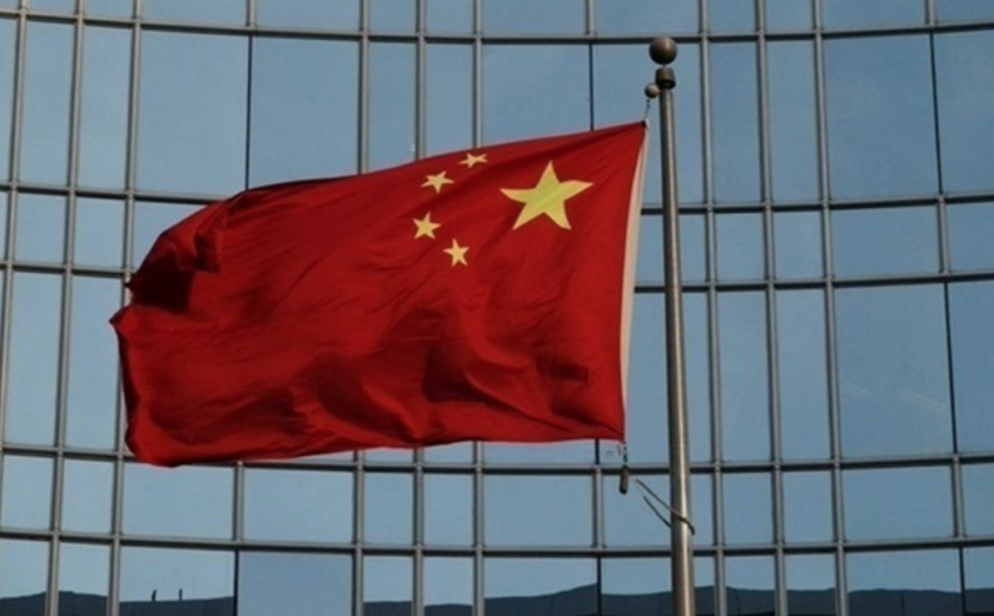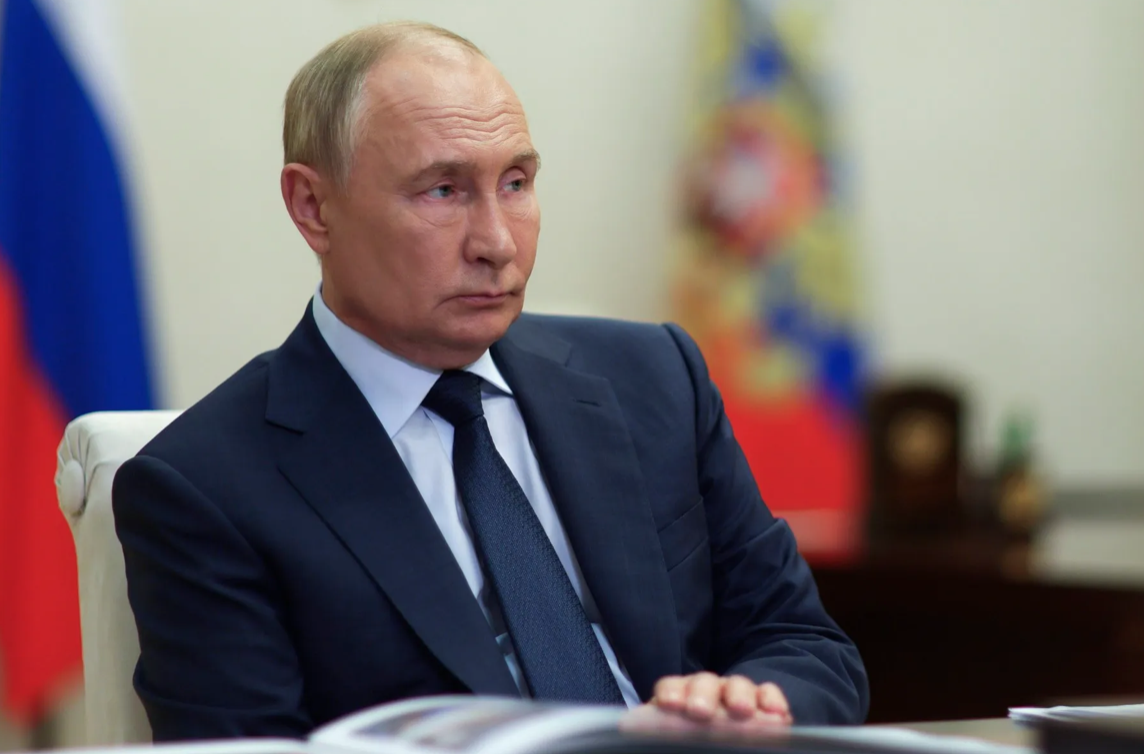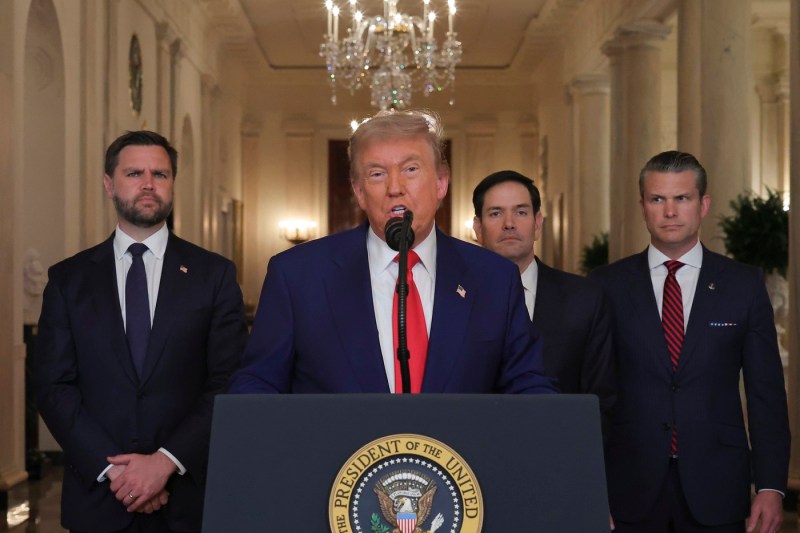Photo: General Staff of the Armed Forces of Ukraine / Facebook
Russia’s sudden announcement of the so-called “Easter Truce” has once again demonstrated the need for any ceasefire agreement to be public, formally agreed upon by all parties and accompanied by reliable monitoring mechanisms. This is stated in a new report by the Institute for the Study of War (ISW), published on 21 April.
President of Ukraine Volodymyr Zelenskyy stressed that despite the Kremlin’s statements, Russian troops continued to attack Ukrainian positions in all major frontline areas, including the Siverskyy, Toretsk, Zaporizhzhia and Pokrovske directions.
“Russia attacked with drones and artillery during the declared ‘truce’,” Zelenskyy said in his evening address on 20 April.
In response, the Russian Ministry of Defence stated that it had allegedly complied with the terms of the ceasefire and accused the Ukrainian side of the shelling. However, ISW analysts have published a map based on NASA FIRMS data that shows active thermal anomalies along the frontline, which indicate military activity on the part of the Russian Federation.
“The Kremlin can continue to use the vagueness of the wording of future agreements to accuse Ukraine of violations and disguise Russia’s rejection of any peace initiatives,” the ISW report emphasises.
The analysts also add that any effective ceasefire in the future must include:
- clearly defined time frames
- public terms
- international monitoring
- Coordination at the level of international institutions

















